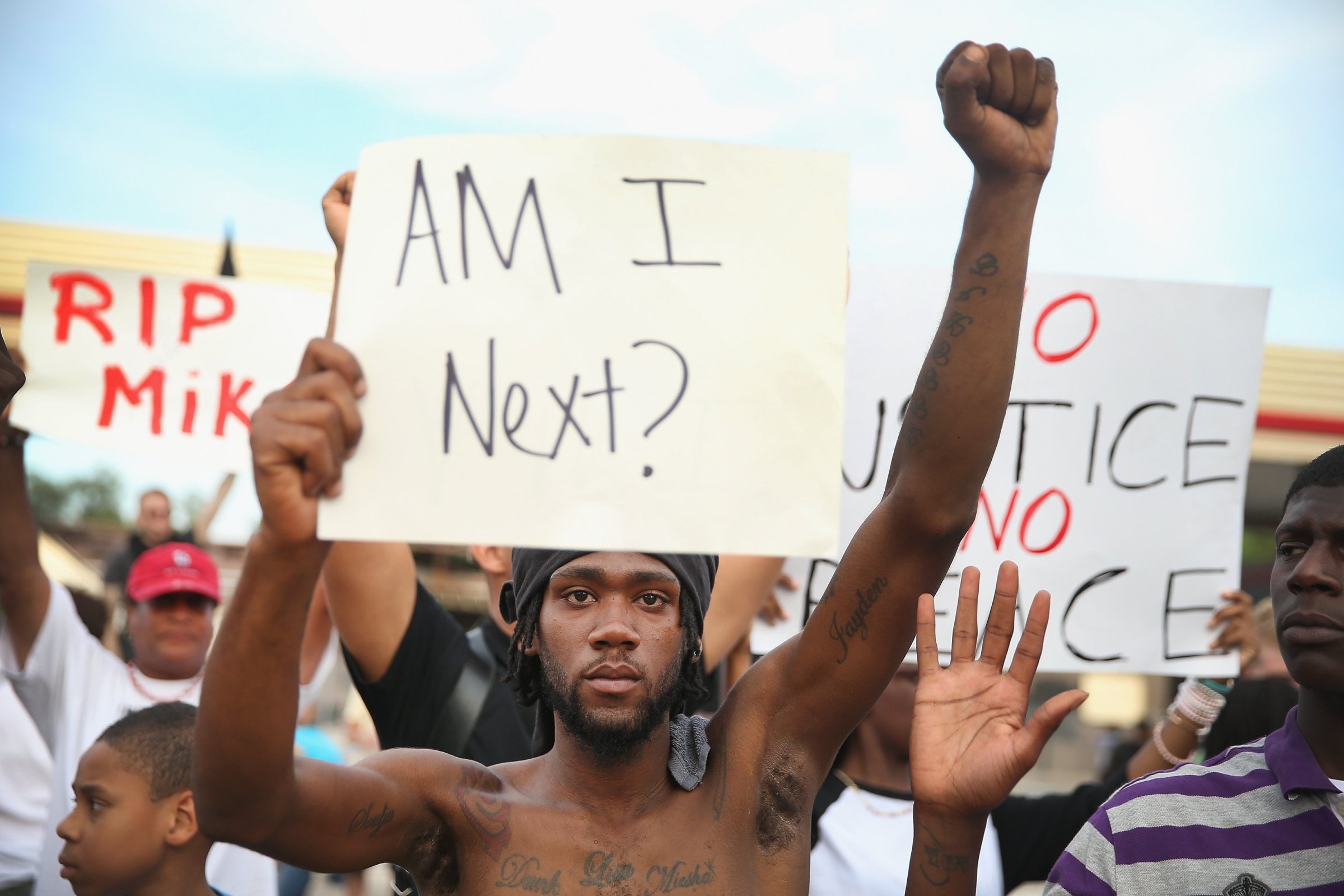
Updated at 5:30 p.m. ET
When the Ferguson, Mo. police released on Friday the name of the officer who shot Michael Brown to death six days earlier, they may have hoped to defuse the tensions that have exploded into violence in this St. Louis suburb. Instead, they appear to have fostered more suspicion and confusion.
At the same time that the local officials bowed to protesters’ demands to identify the officer, they also released new details about an alleged robbery at a convenience store in which Brown was identified as a suspect. But the account of the events that allegedly preceded the fatal confrontation included no new information on the shooting itself, which took place some ten minutes after the robbery. Indeed, hours later, the Ferguson police themselves said the robbery had nothing to do with the confrontation between Brown and the officer.
As a result, the documents threaten to undo recent progress in law enforcement’s relationship with the community they serve.
After resisting for several days, Thomas Jackson, the Ferguson police chief, identified Darren Wilson, a six-year veteran of the force, as the officer who shot Brown. Speaking at a news conference Friday morning in the parking lot of a burned-out convenience store, Jackson said Wilson had no prior disciplinary record and was treated for injuries sustained during the incident.
Ferguson police also provided documents to reporters that appeared to indicate that Brown was confronted by Wilson after the 18-year-old was identified as a suspect in a “strong-arm” robbery.
According to the Ferguson Police Department incident report, an officer received a call at 11:51 a.m. on Saturday while responding to a report of a sick resident at an apartment complex. The call indicated that a robbery was in progress at the convenience store. The dispatcher provided a description of the suspect, who according to the documents was identified as a black male in a white T-shirt, walking north on West Florissant Avenue, a main thoroughfare in Ferguson.
Not seeing the suspect, the officer returned to the convenience store, where he spoke to a patron who had witnessed the scene after exiting the bathroom. According to the account of the witness, whose name is redacted, she saw Brown ask a store employee for several boxes of cigars. Then he allegedly grabbed a box of Swisher Sweets—worth approximately $49, according to the documents—and handed it to his companion, identified in the report as Dorian Johnson.
According to the documents, the store employee told Brown he had to pay for the item. At that point, according to the witness account, Brown grabbed several packs of cigars and tried to leave the store. According to the witness’s account, the store employee attempted to block Brown’s exit. Someone—the person’s name is redacted in the report—called 911.
“That is when Brown grabbed [redacted] by the shirt and forcefully pushed him back into a display rack,” the report states. Surveillance camera still-images included in the documents purport to show the suspect grabbing a man, apparently the store employee, near the collar in an aggressive fashion.
According to the documents, surveillance footage reviewed by police shows Brown menacing the store employee. “An apparent struggle or confrontation seems to take place with Brown, however it is obscured by the display case,” the report says, adding that Brown “aggressively pulls [redacted] in close to him and then immediately pushes him back in to a display rack.”
About seven minutes later, at 12:01 p.m., Wilson encountered Brown on Canfield Drive, Chief Jackson told reporters. Moments later, Brown was dead, his body lying in the street. The events surrounding the shooting itself remain unclear.
A Ferguson police spokesman could not be reached after the morning press event to answer further questions about the report or whether a similar account of the shooting itself would be forthcoming. But by mid-afternoon, Jackson was walking back the connection between Wilson, the robbery and the shooting of Michael Brown, indicating that the officer who responded to the scene of the robbery was not Wilson, but another Ferguson policeman.
“This robbery does not relate to the initial contact between the officer and Michael Brown,” Jackson told reporters Friday afternoon. Jackson said Wilson initially stopped Brown and a friend who was with him because they were walking down the middle of the street “blocking traffic.” Wilson was in the area after responding to another unrelated call nearby, Jackson said.
When questioned about his decision to release a video to the public showing a man purported to be Michael Brown apparently attacking and threatening a convenience store clerk while committing a robbery, Jackson said he made the tape public after numerous requests from the media under the Freedom of Information Act. “All I did was release the video tape to you because I had to,” he said.
For all its ambiguities, the Ferguson police account, provided to reporters by a police representative, represents the force’s fullest attempt yet to tell its side of the events preceding Brown’s shooting, which touched off five days of violent clashes here this week, as heavily armed police clad in riot gear hurled tear gas canisters and shot rubber bullets into angry crowds. It may be an attempt to present an alternative portrait of Brown, who has been portrayed by family as a “meek” and “soft-spoken” young man. “A gentle giant,” his cousin, Eric Davis, said Thursday. “He would flee from fear.”
In a statement released Thursday after the Ferguson police chief’s press event, the family and lawyers of Michael Brown released a statement saying they were outraged at the handling of the issue. “The prolonged release of the officer’s name and then the subsequent alleged information regarding a robbery is the reason why the family and the local community have such distrust for the local law enforcement agencies,” the statement said.
At a press conference late Friday afternoon, lawyers for the family admitted that it appeared to be Brown on the surveillance tape of the robbery released by the police, and said that Brown was not a perfect kid. The lawyers said the effort was a “strategic” move by the police to distract attention from the shooting. “What happened in the 18 years before [the shooting] does not matter,” one of the attorneys, Anthony Gray said.
Others were also critical of the Ferguson police’s handling of the disclosure. “I was not in the loop,” Missouri State Highway Patrol Capt. Ronald Johnson, who was installed Thursday to run the police response to the situation, said at a news conference Friday. “I learned about it when you did.” Johnson that he planned to voice his frustration to Ferguson officials in person and to analyze the report in an effort to address the community’s concerns.
The police’s decision to release an account of the alleged robbery at the same time they divulged Wilson’s name could be a mistake, said a federal law enforcement source. Dozens of protesters massed at the QwikTrip, angrily denouncing the Ferguson police, and gathered at the news conferences to express displeasure at Jackson, the Ferguson police chief. “We don’t need people like that in charge,” said Michelle Foster, 47. “I might not live to see the day when we, as a black community, trust the police.”
With reporting from Kristina Sauerwein/Ferguson
Witness Tension Between Police and Protestors in Ferguson, Mo.

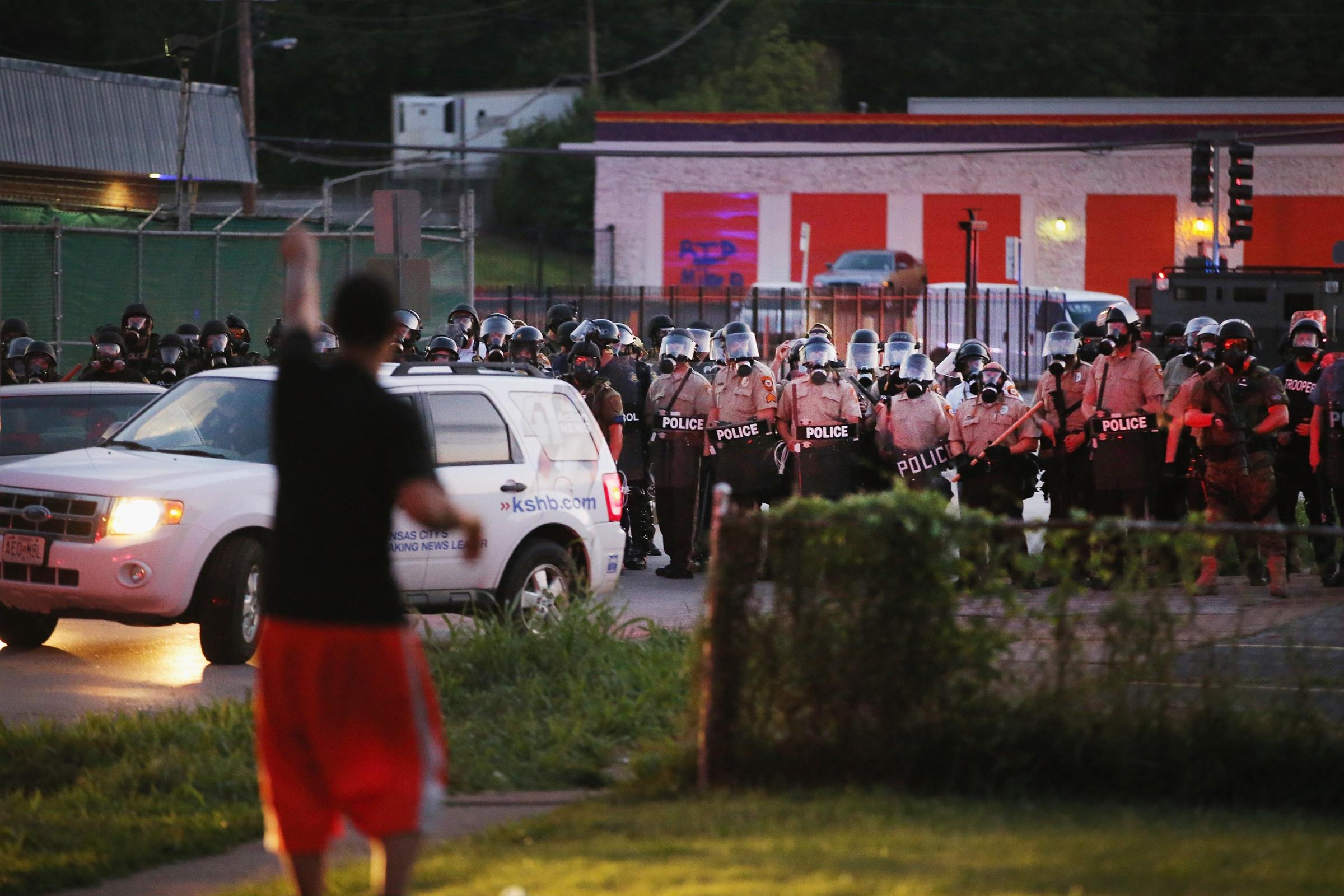
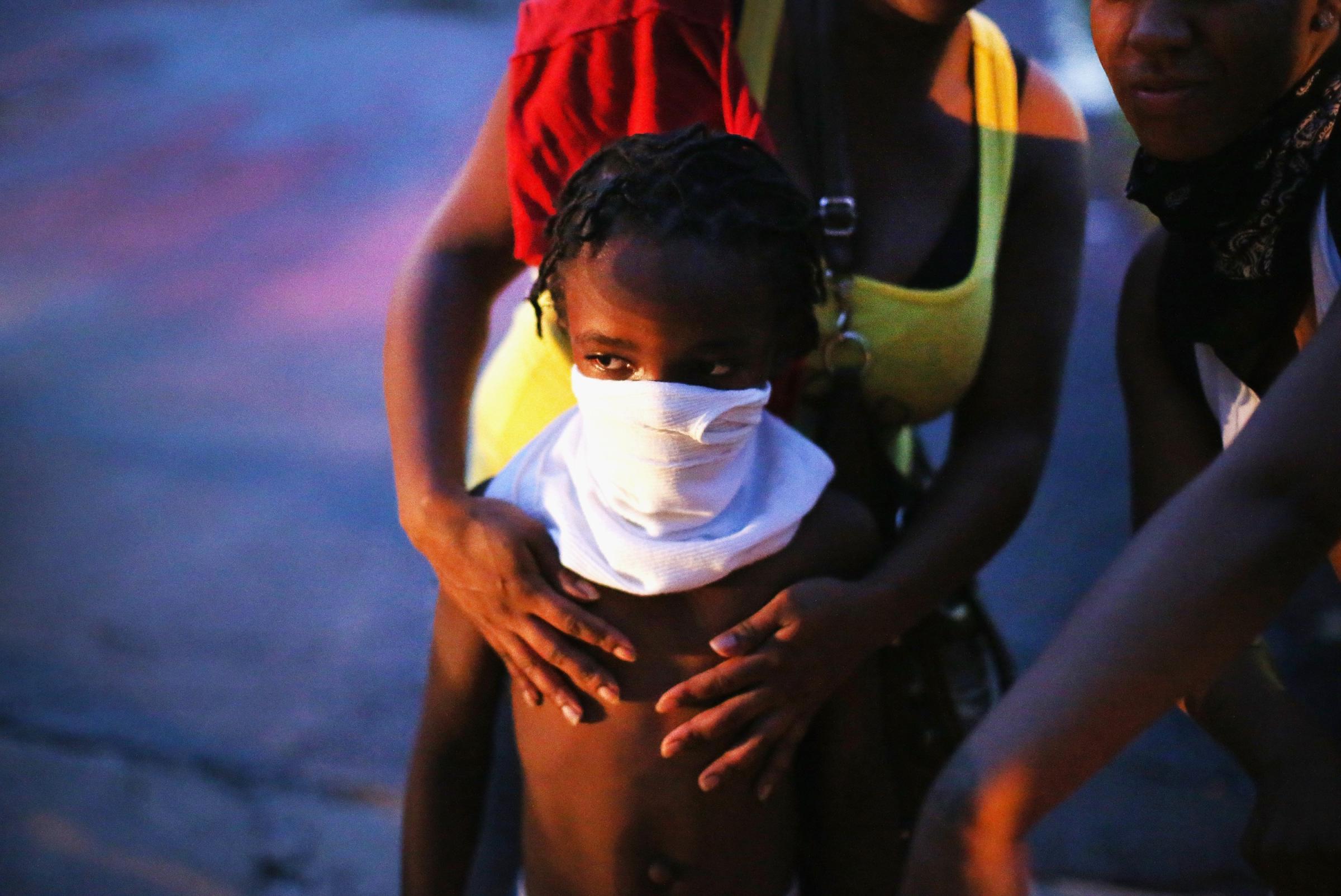

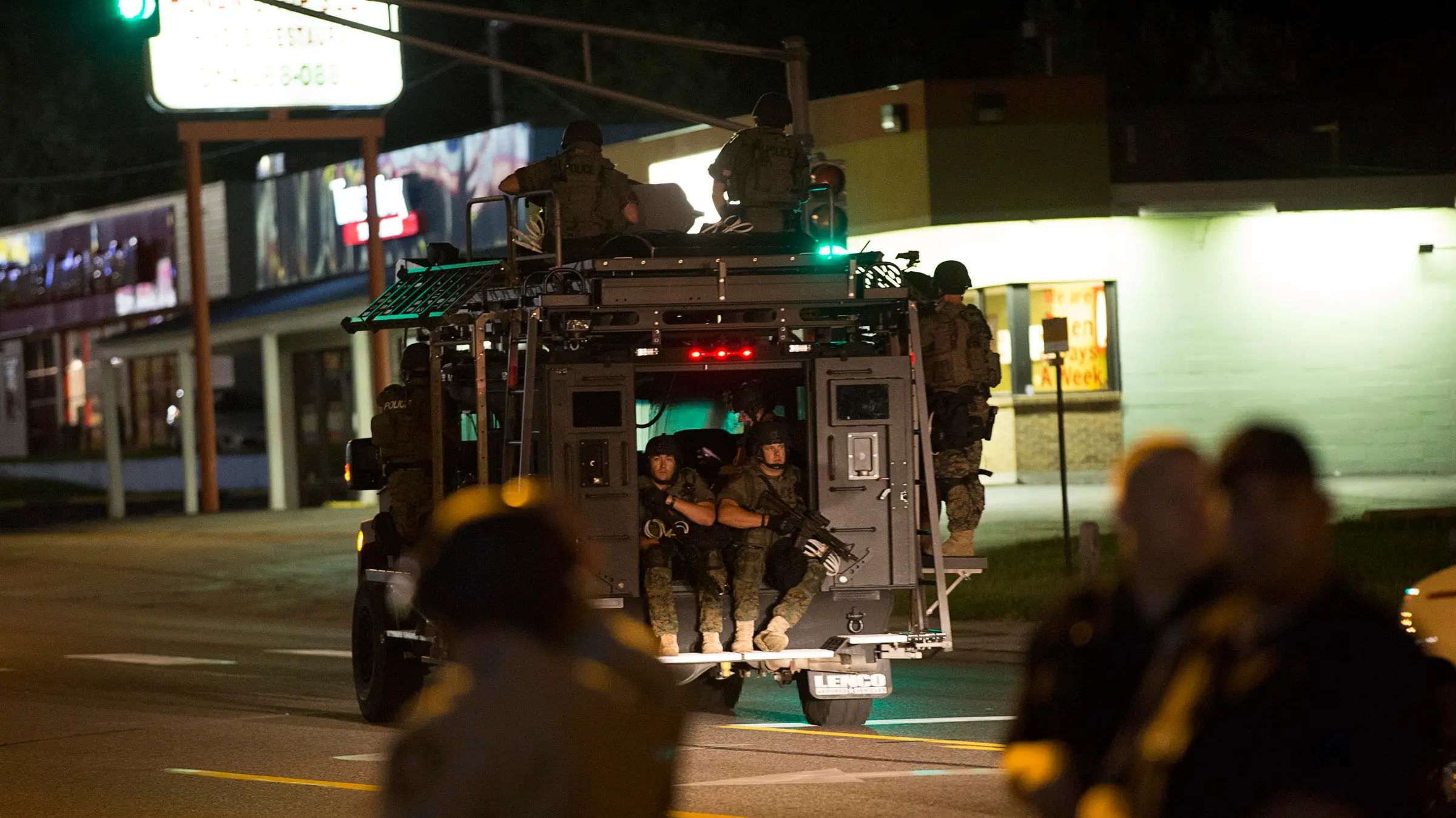


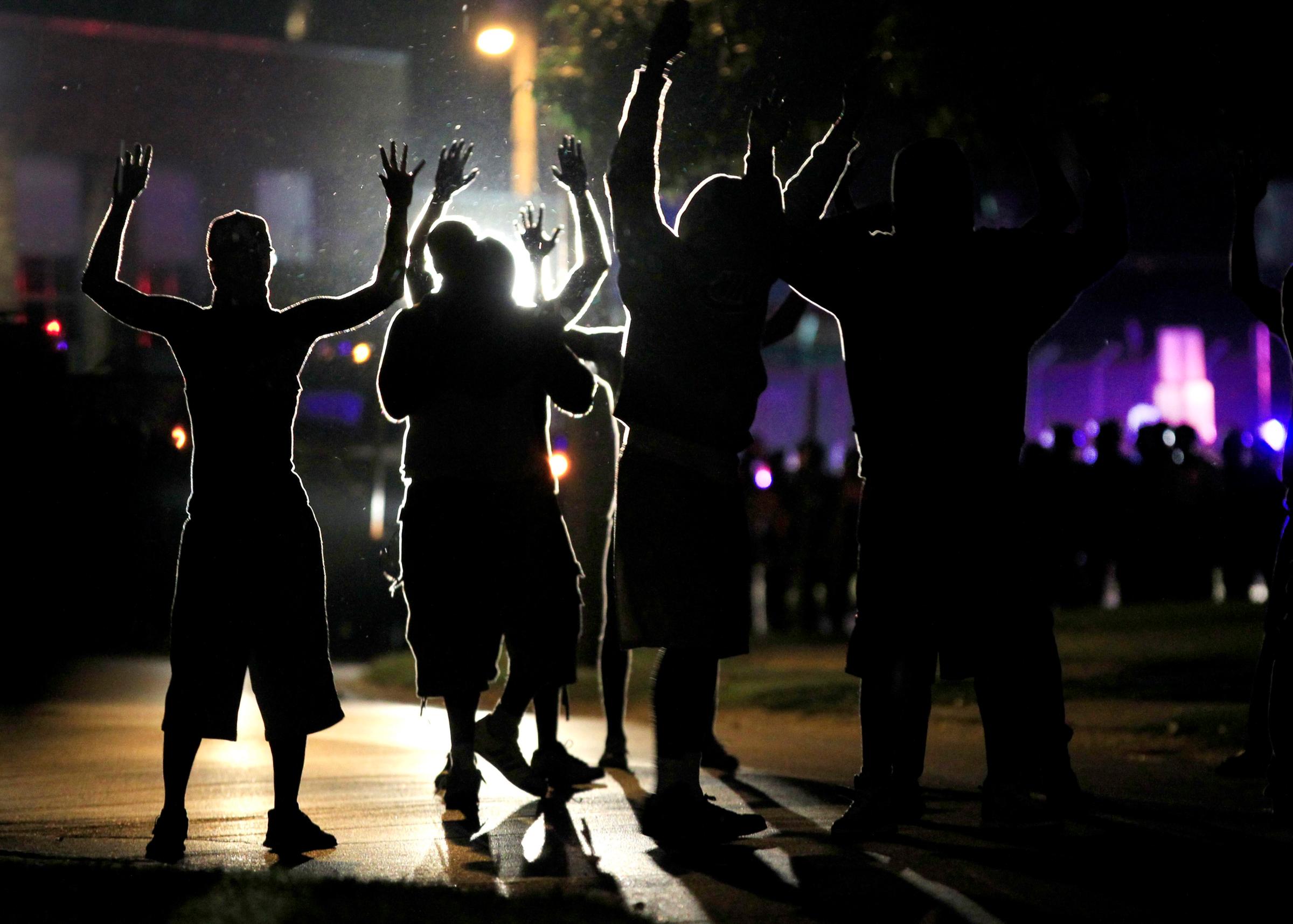



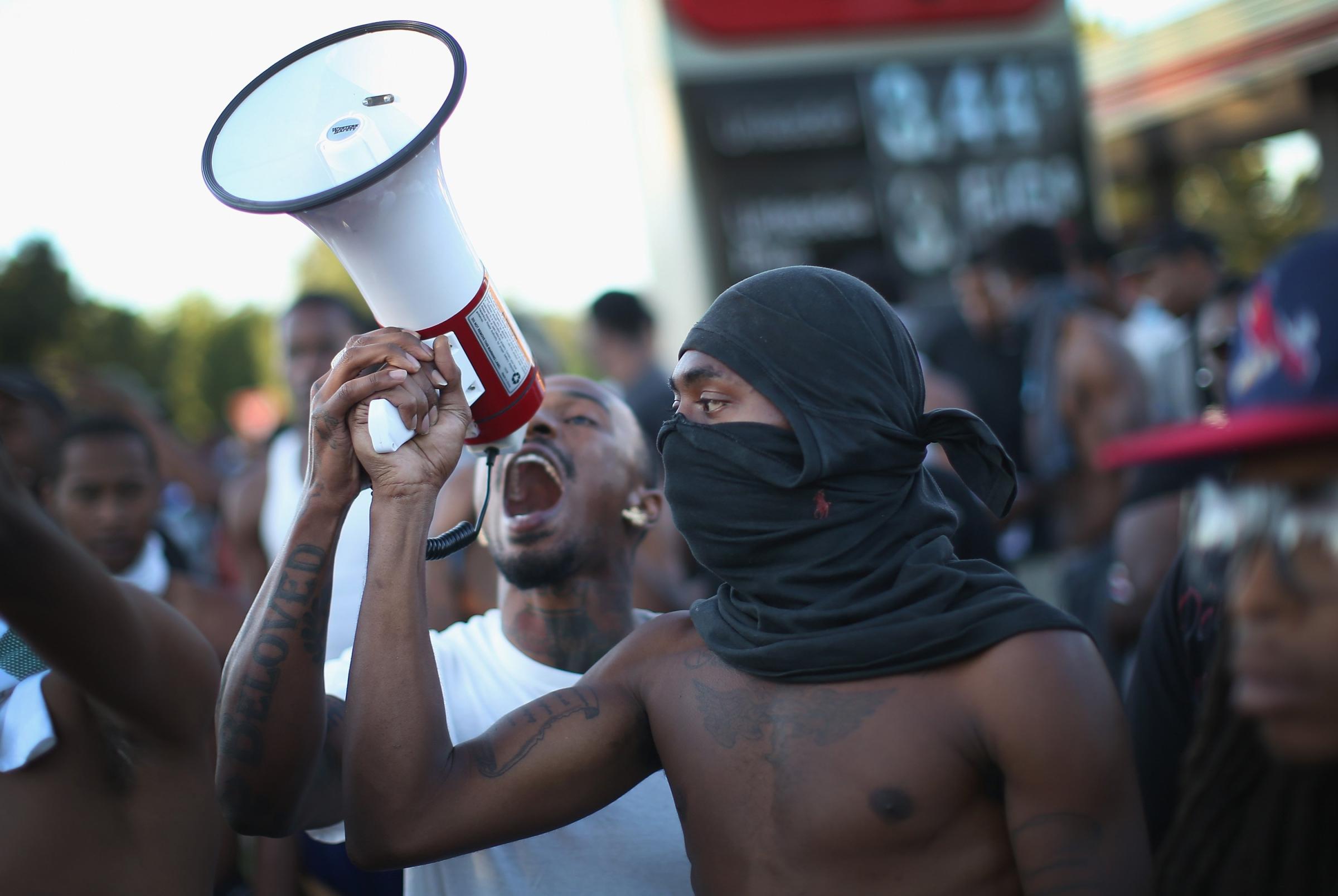





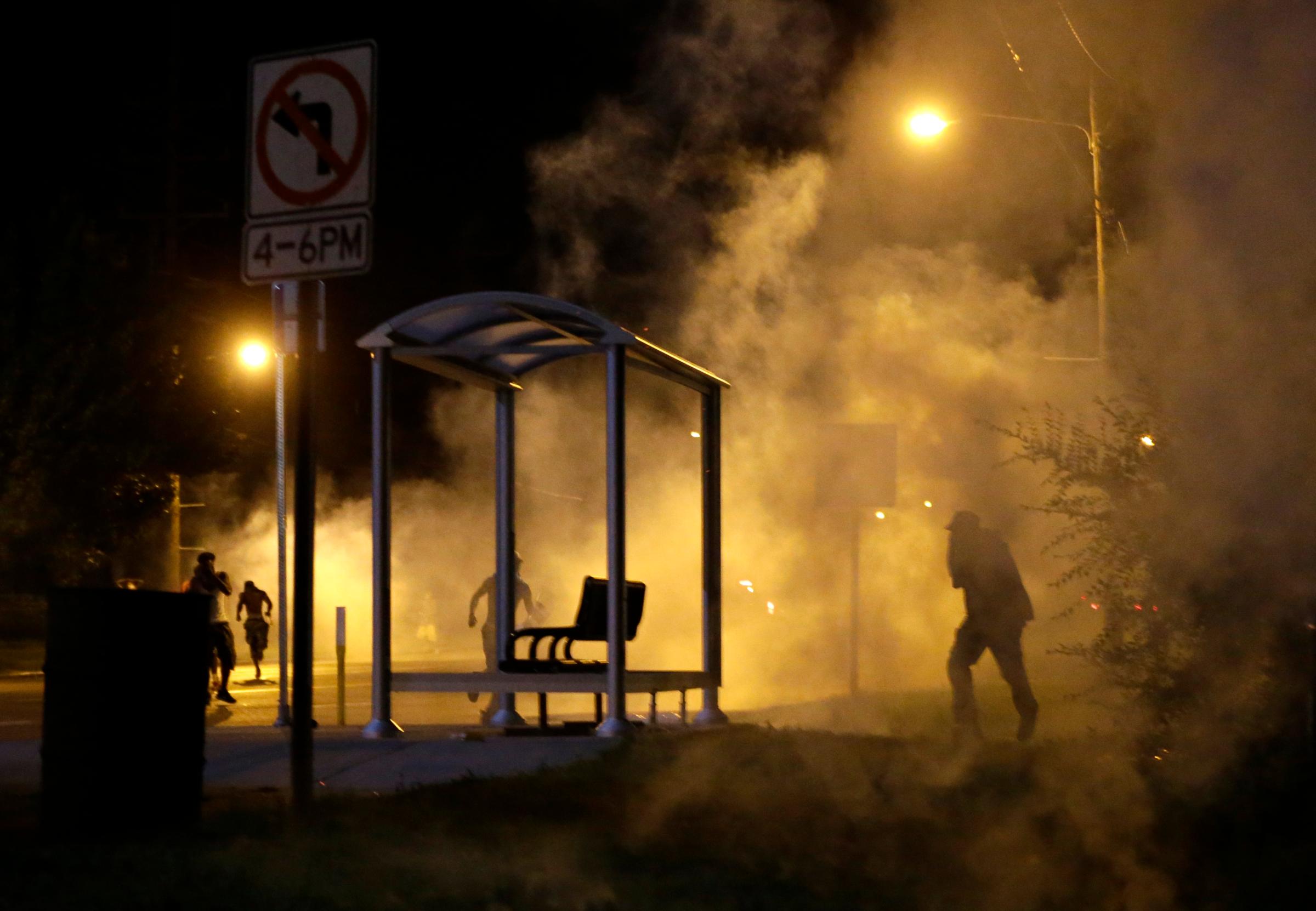
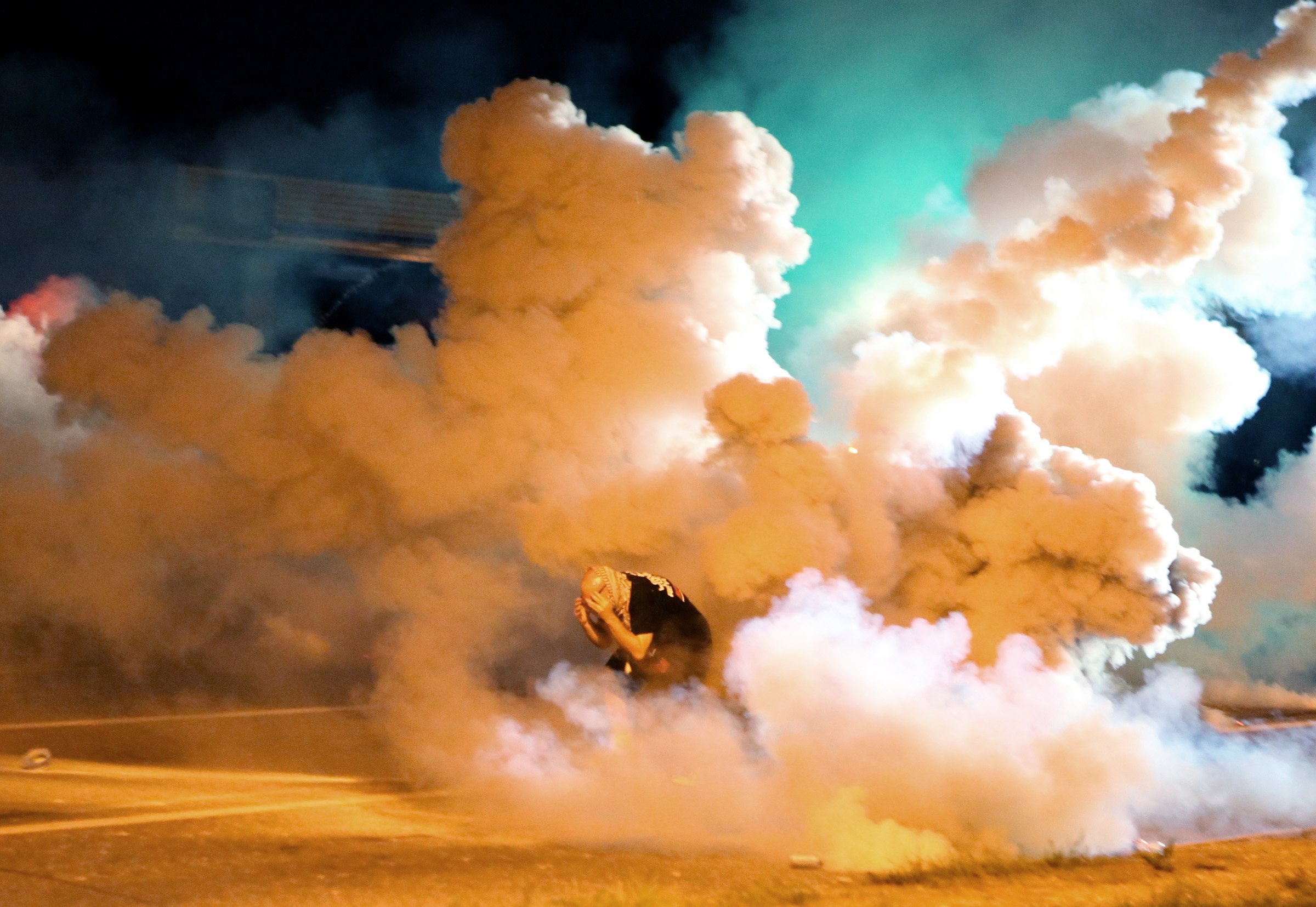

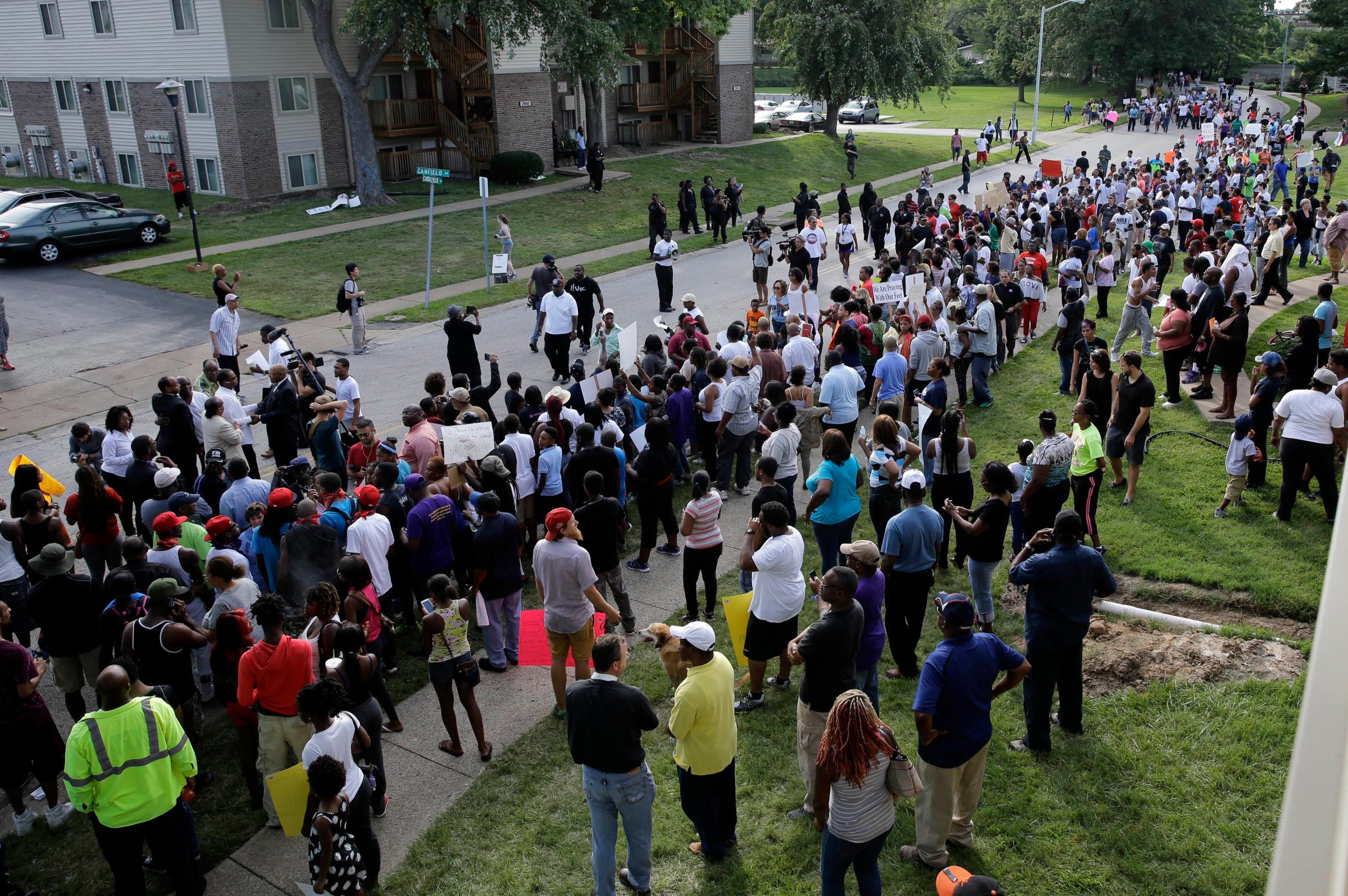




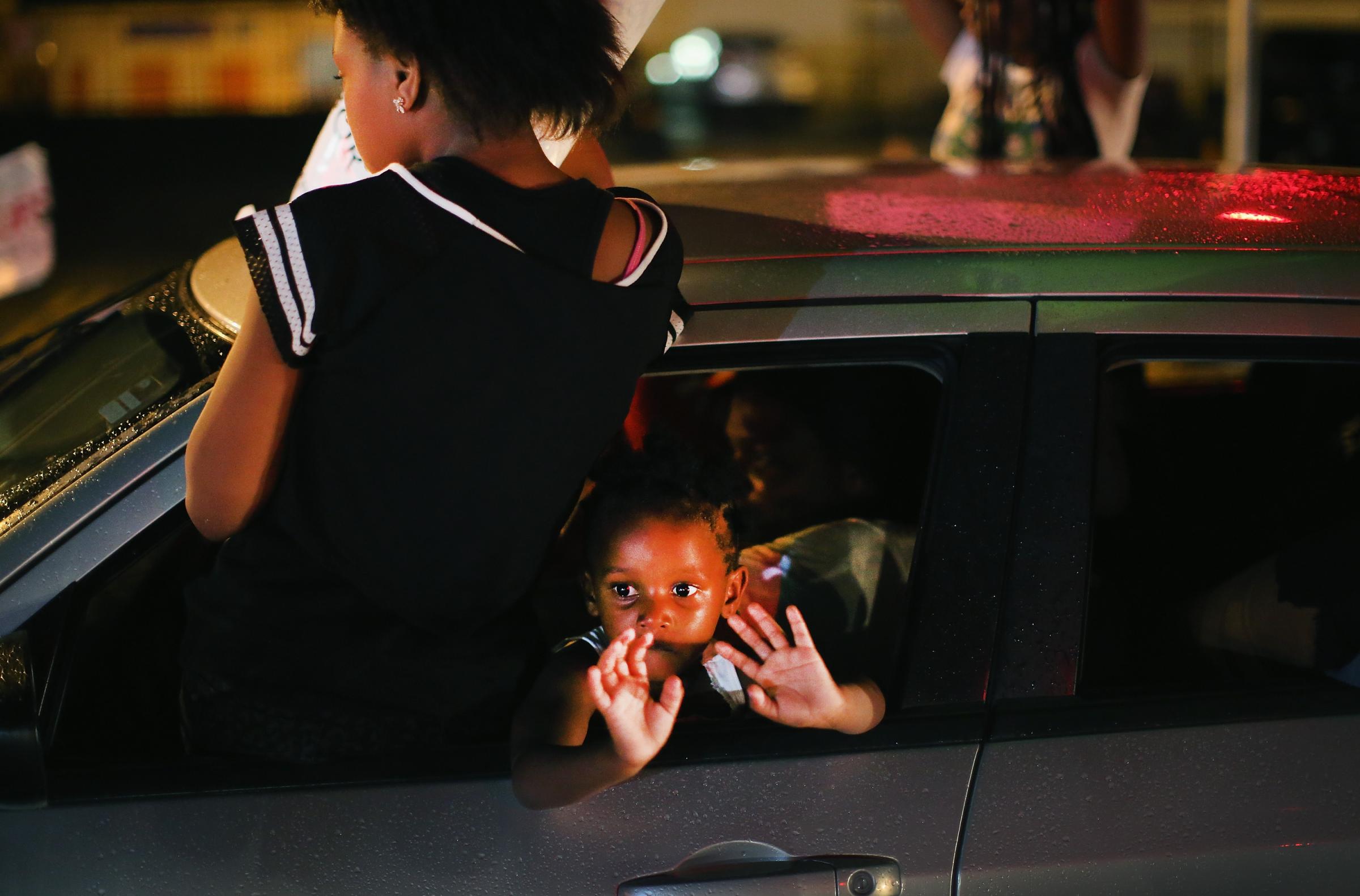
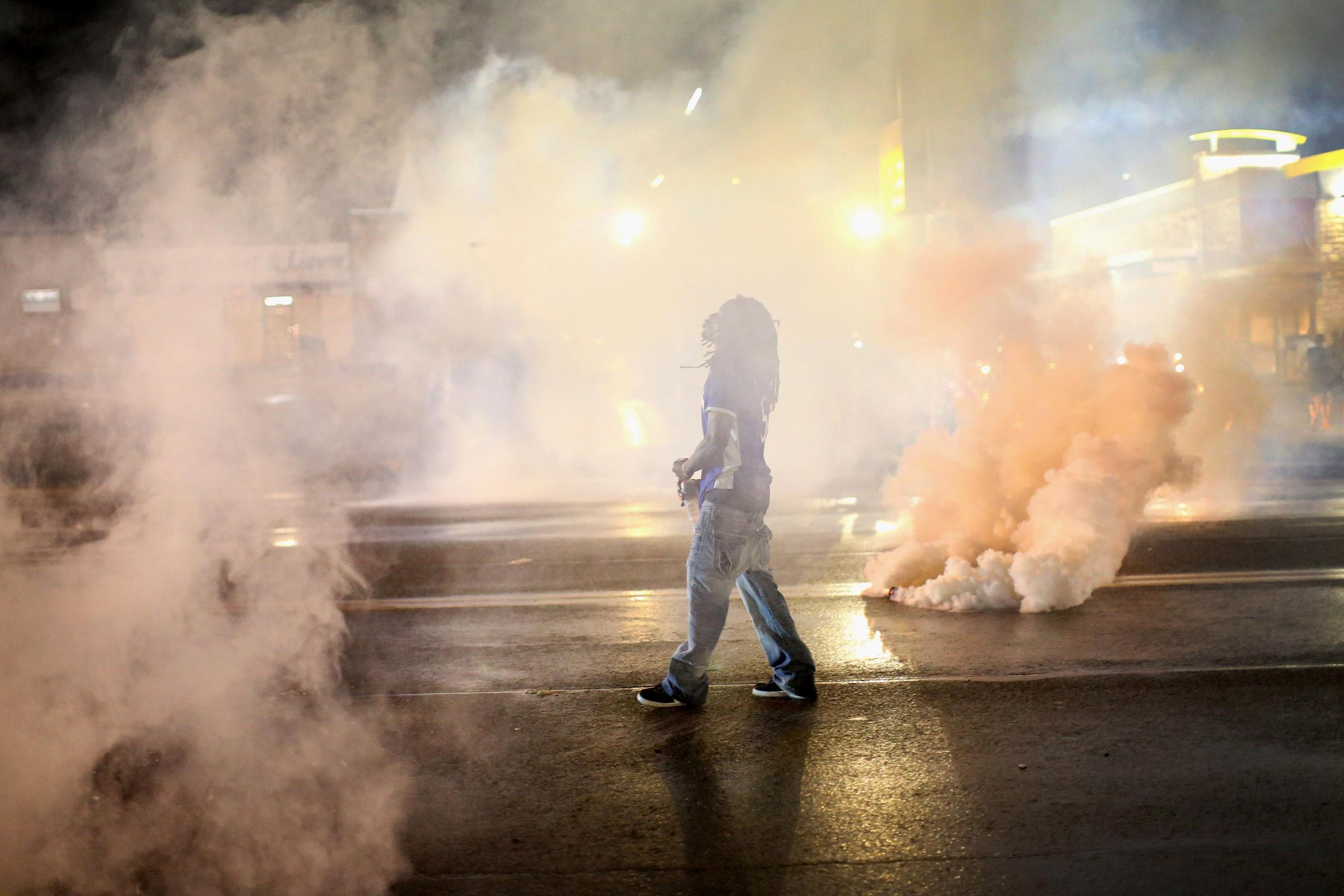
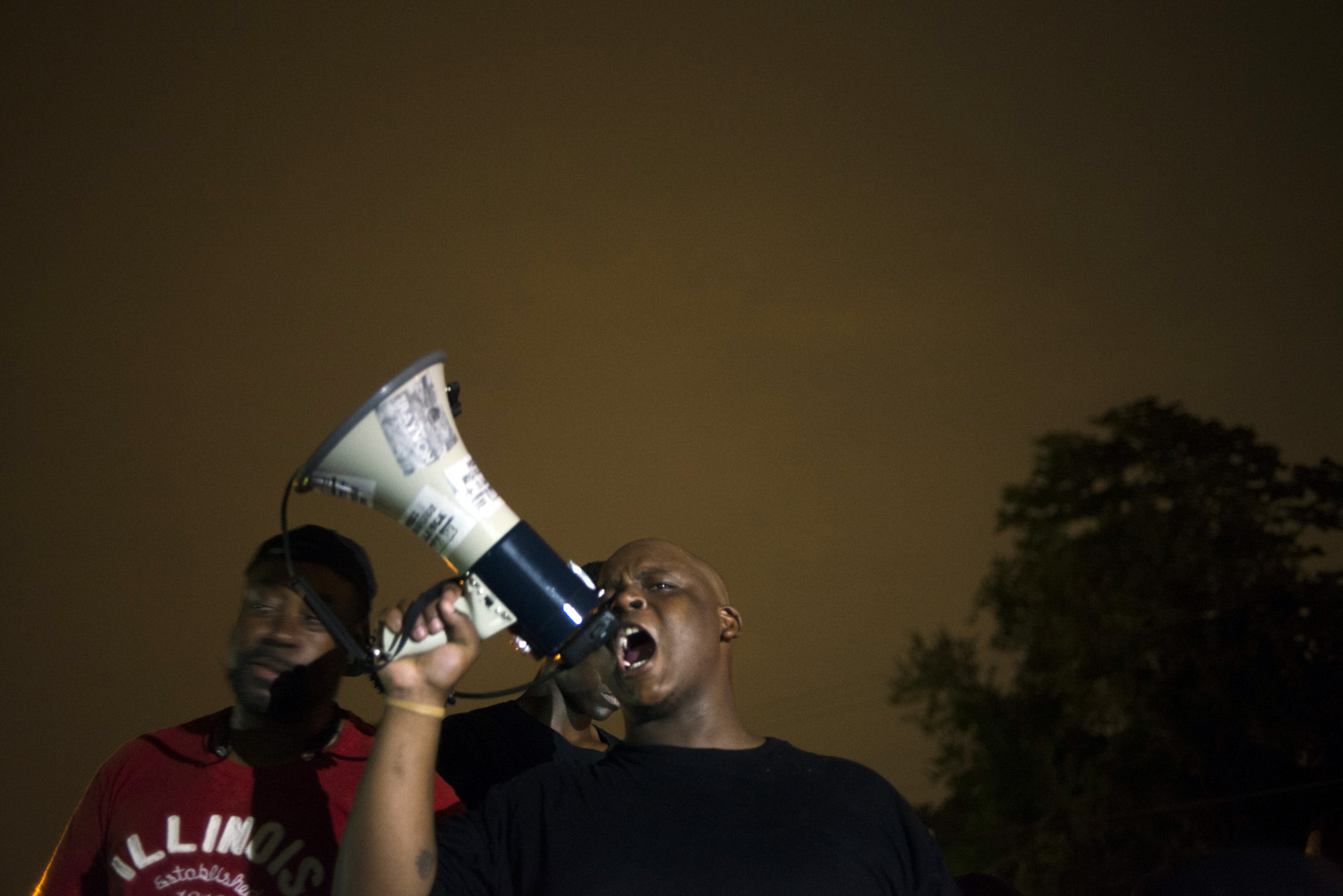
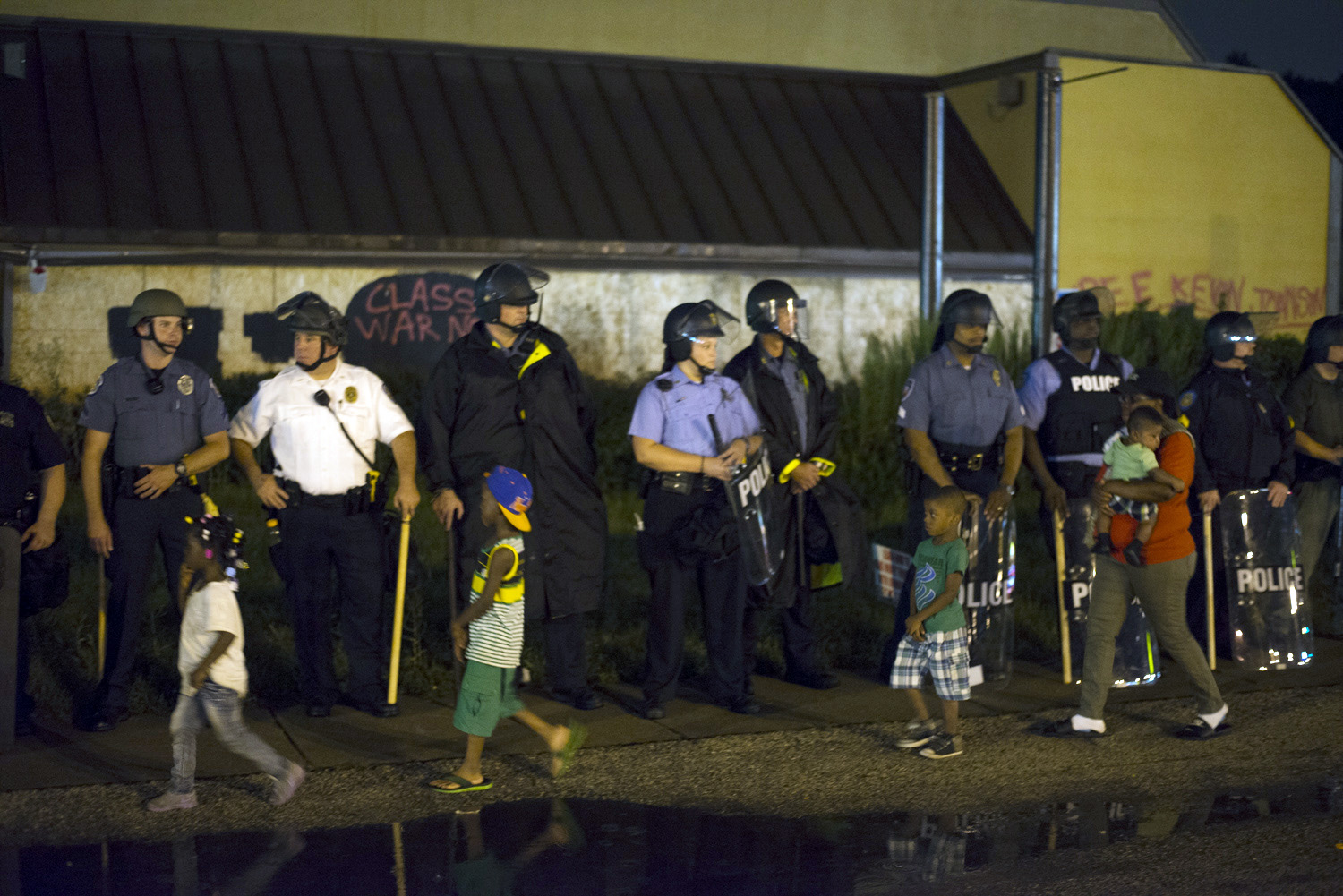
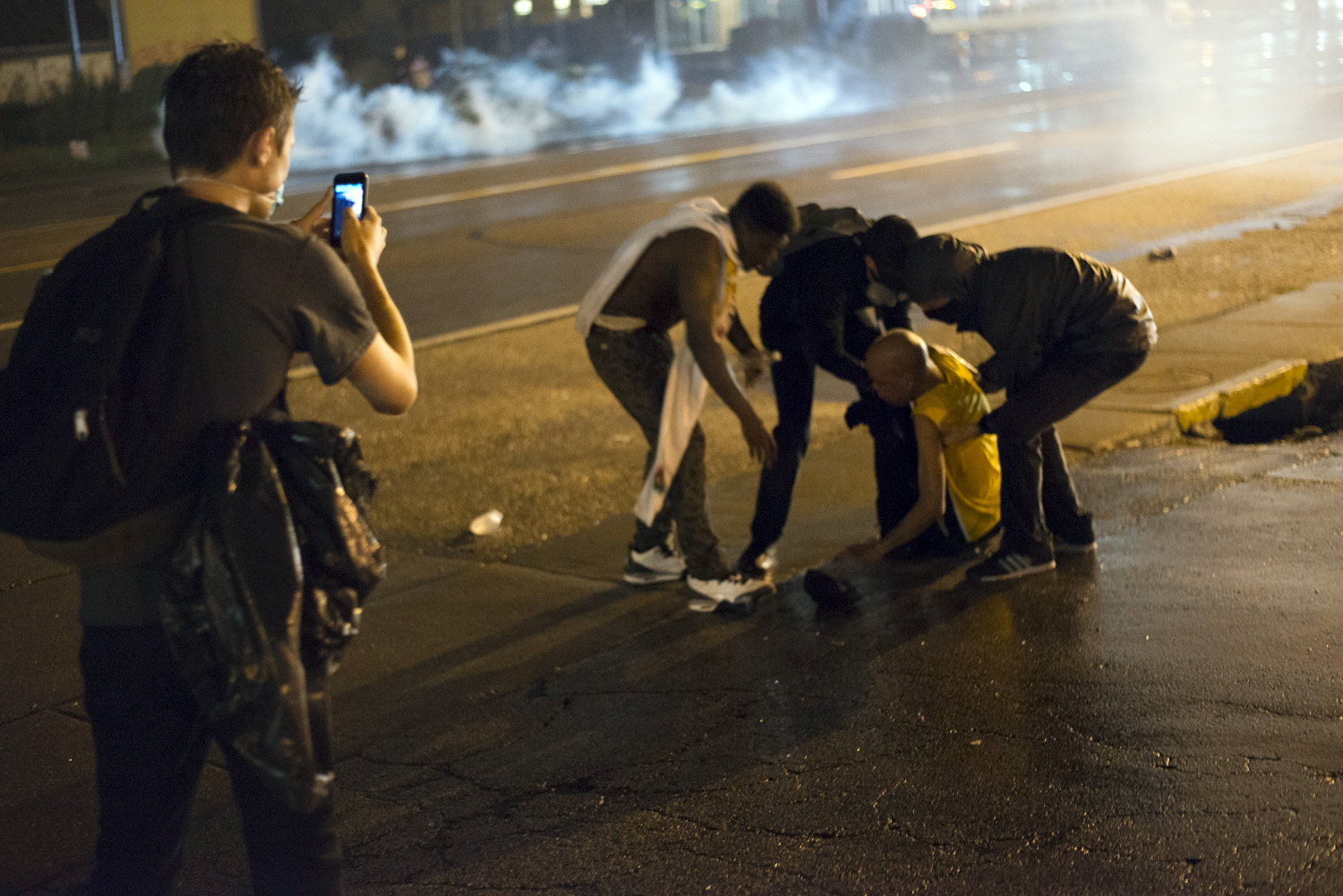










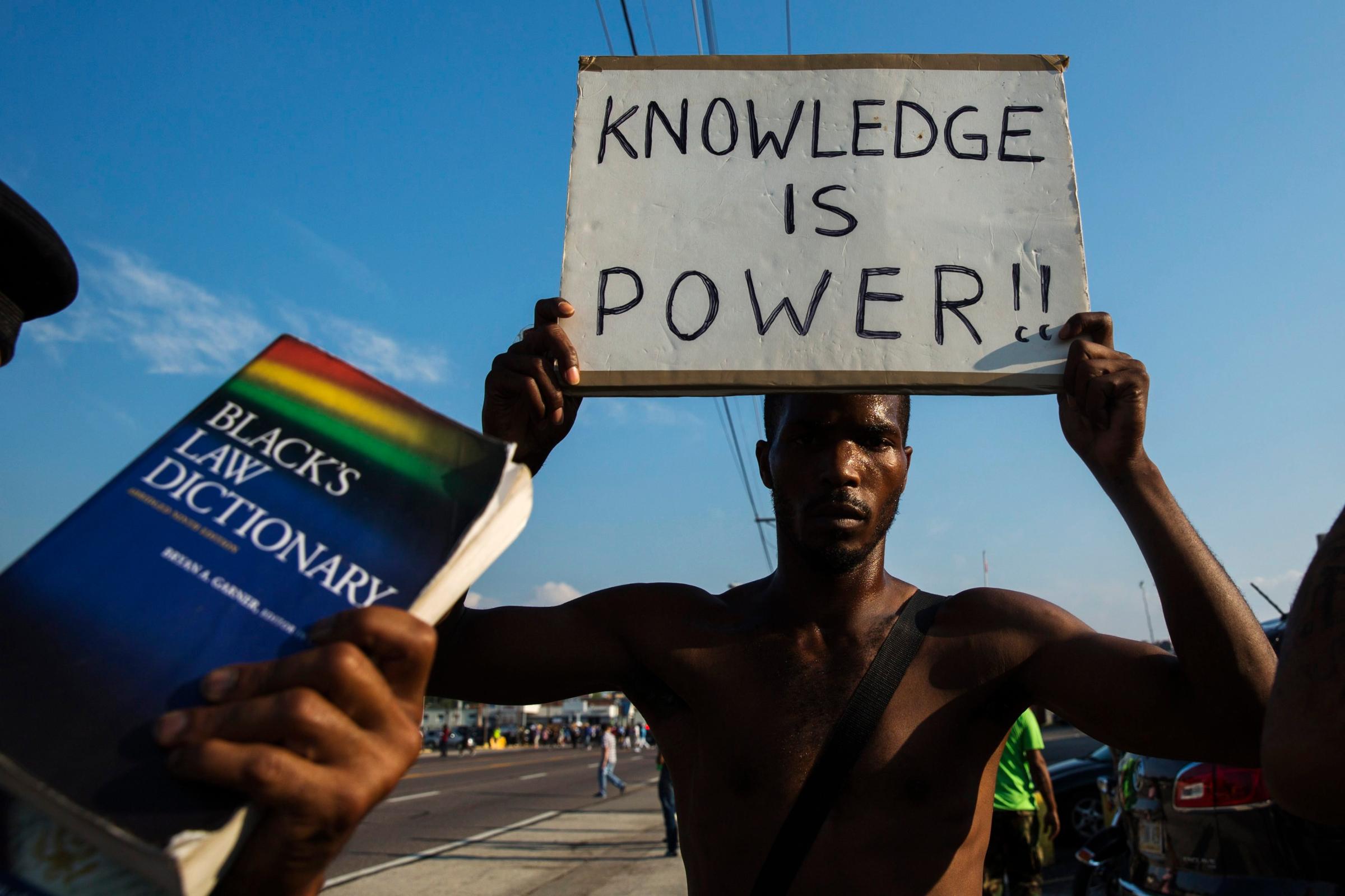



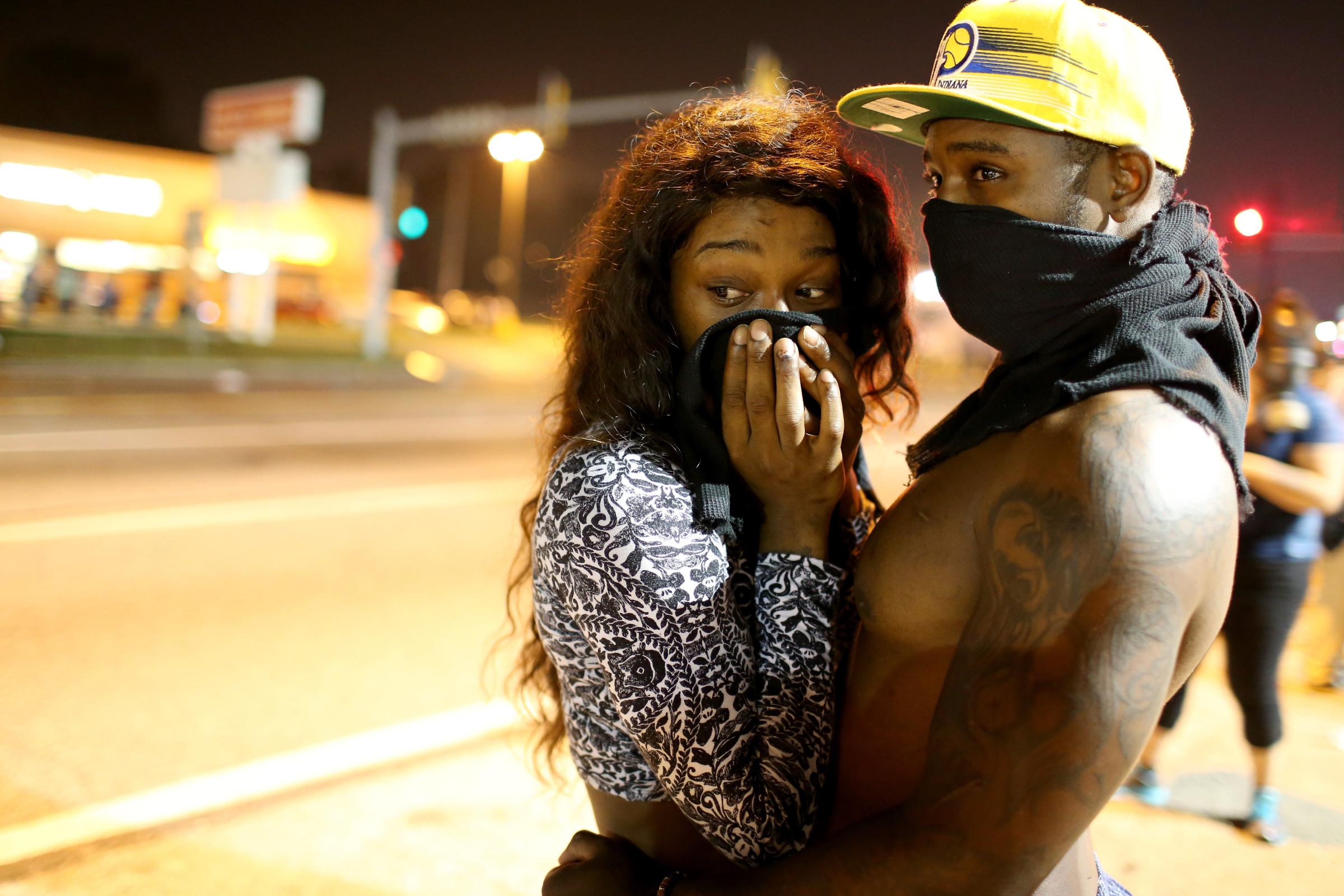

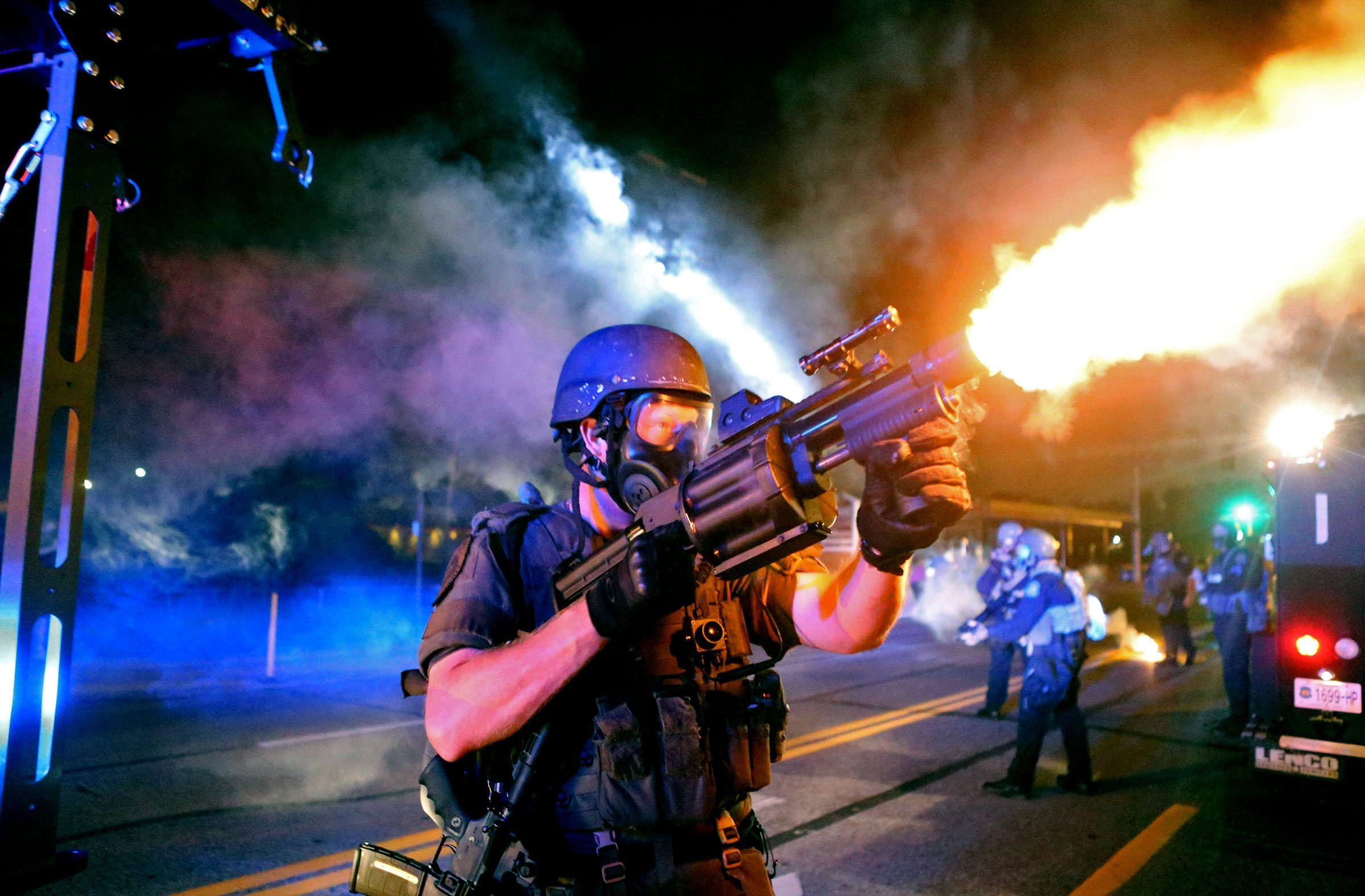
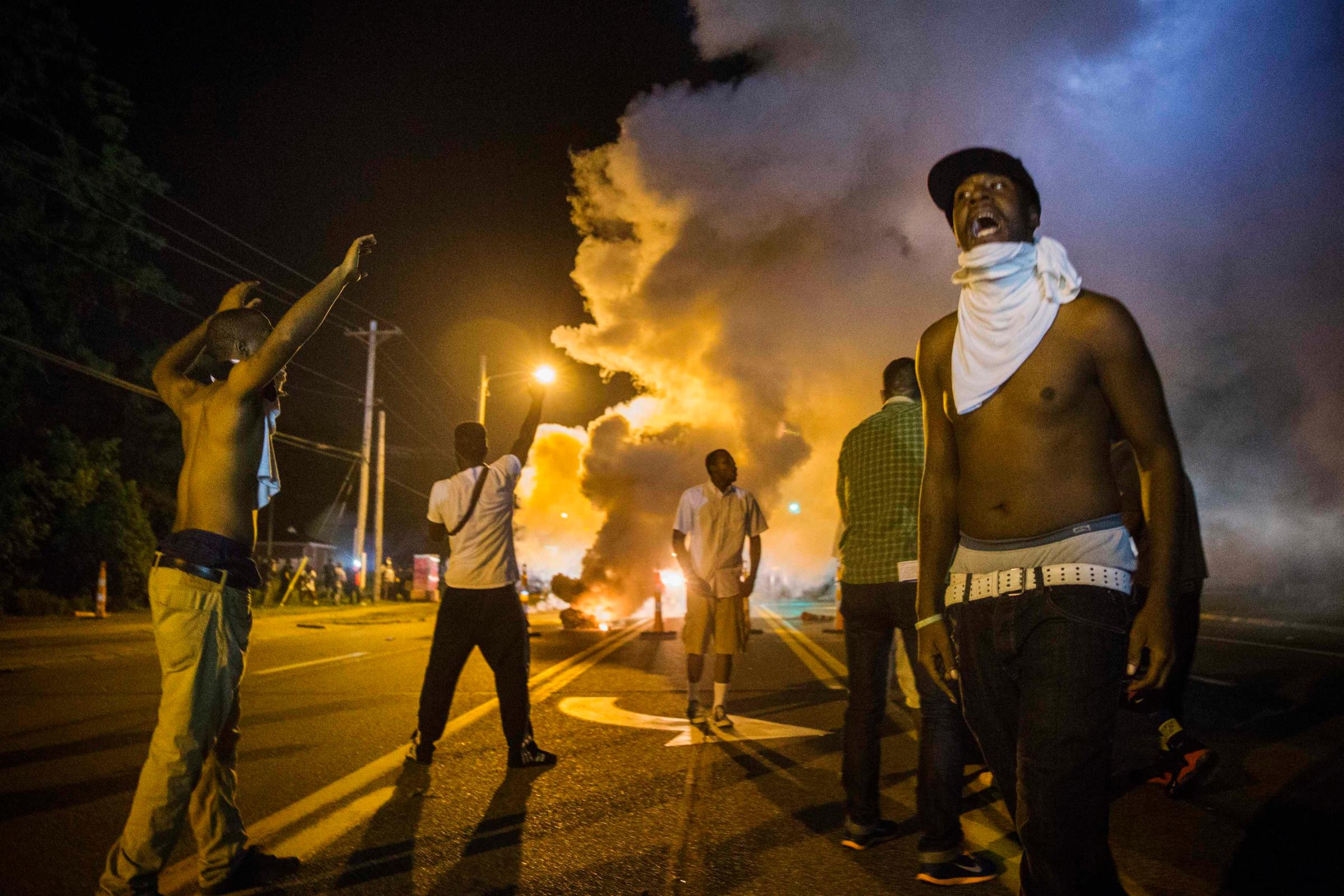

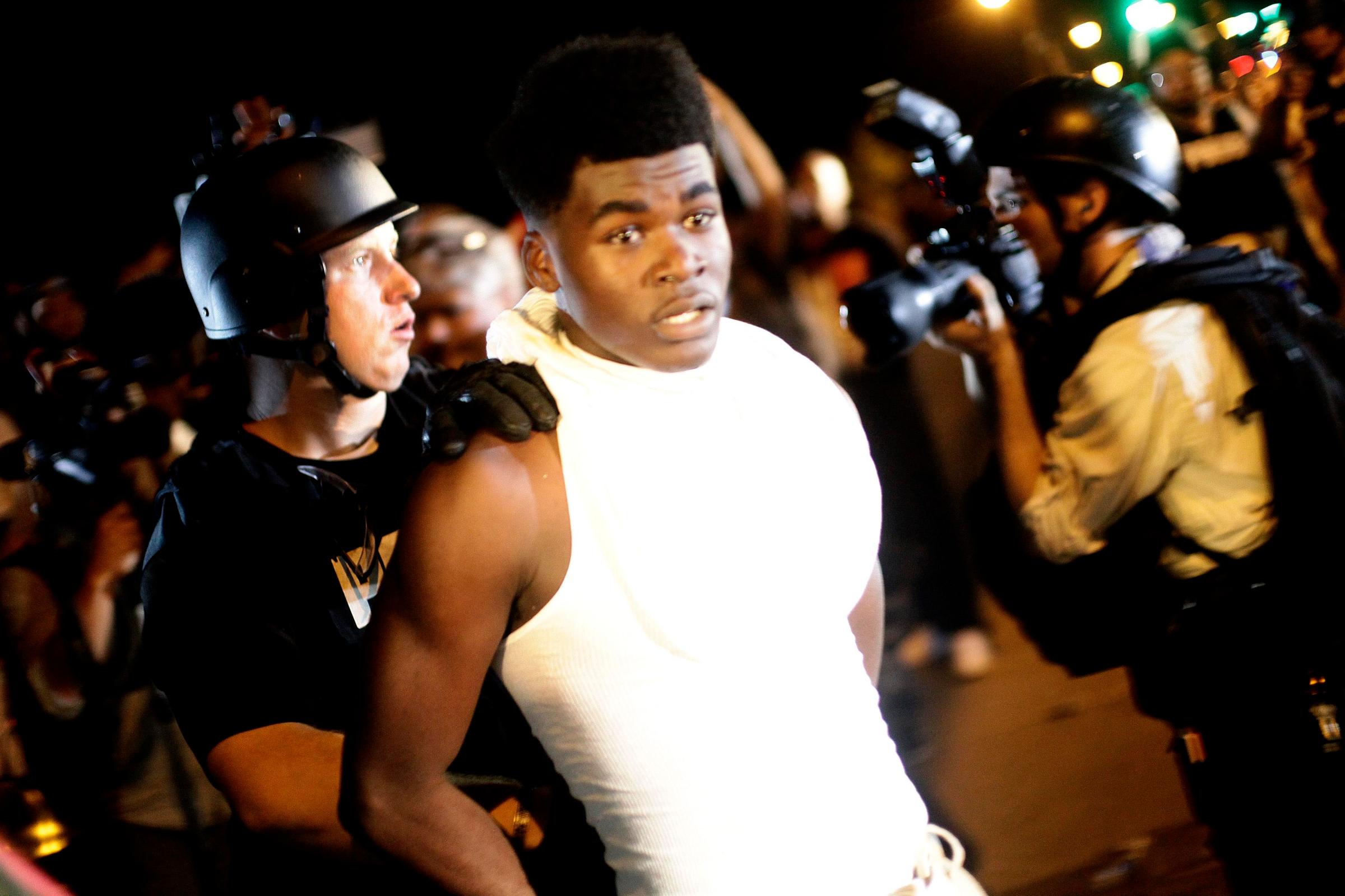
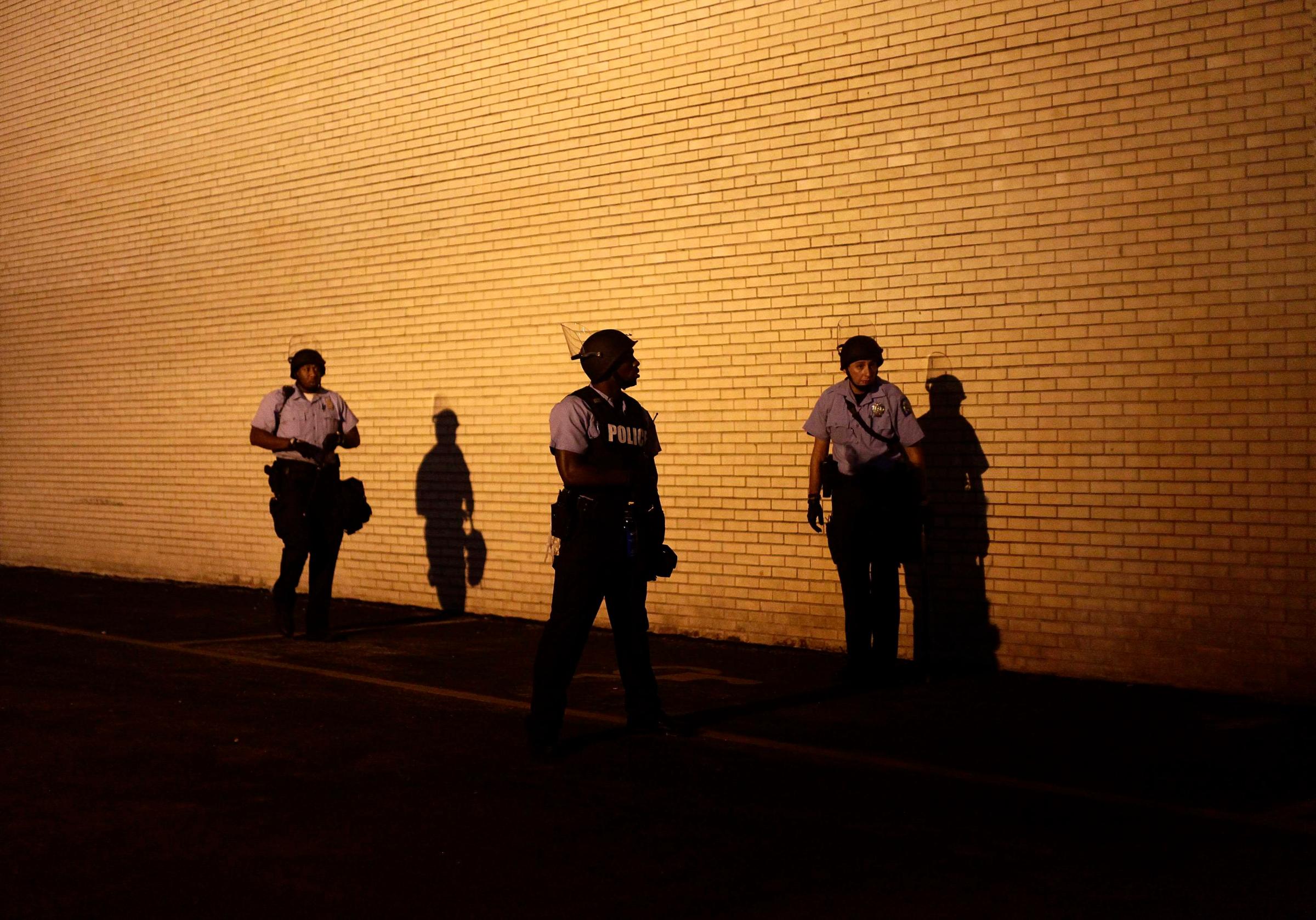
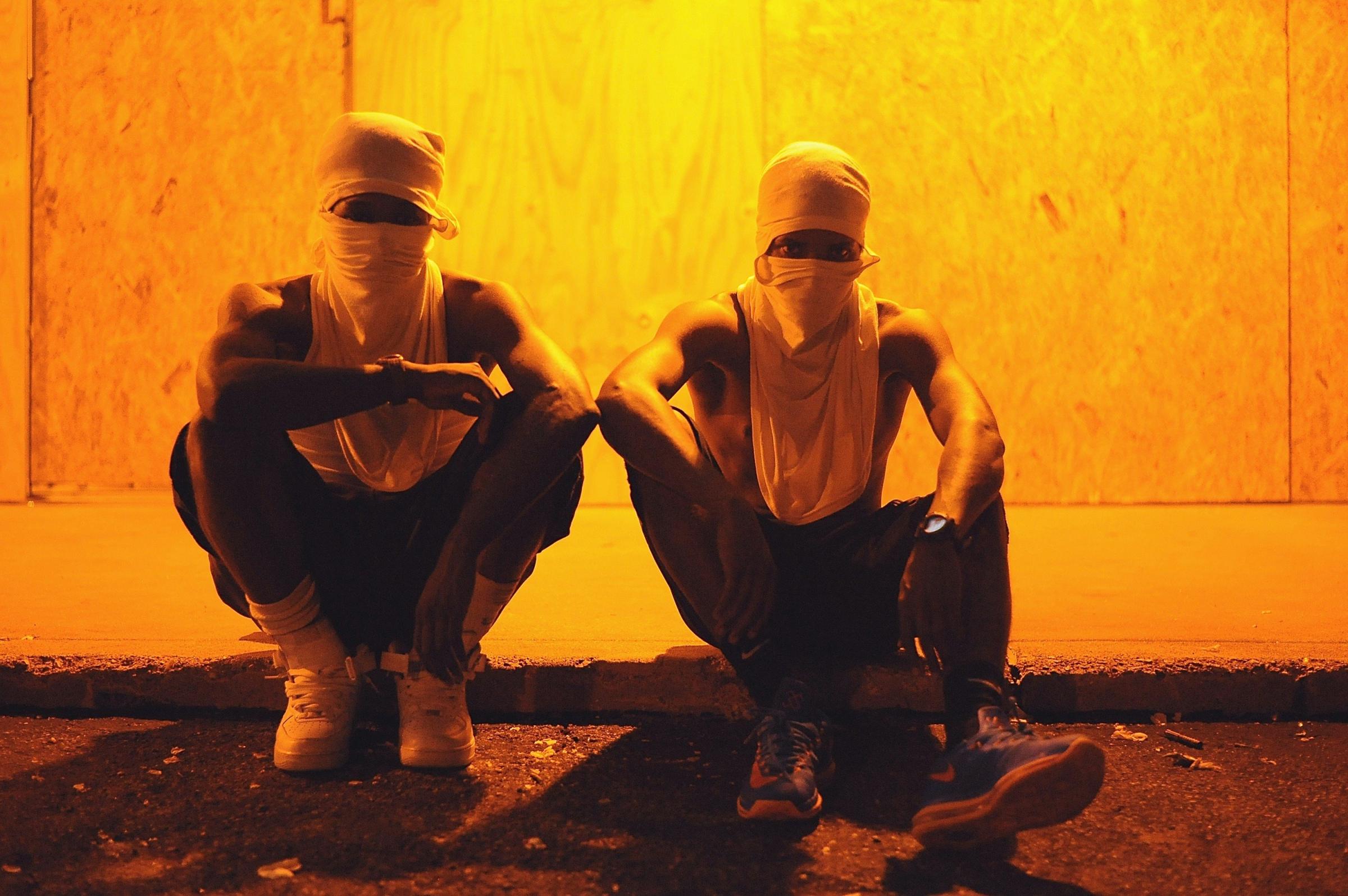


More Must-Reads from TIME
- Donald Trump Is TIME's 2024 Person of the Year
- Why We Chose Trump as Person of the Year
- Is Intermittent Fasting Good or Bad for You?
- The 100 Must-Read Books of 2024
- The 20 Best Christmas TV Episodes
- Column: If Optimism Feels Ridiculous Now, Try Hope
- The Future of Climate Action Is Trade Policy
- Merle Bombardieri Is Helping People Make the Baby Decision
Write to Alex Altman/Ferguson, Mo. at alex_altman@timemagazine.com